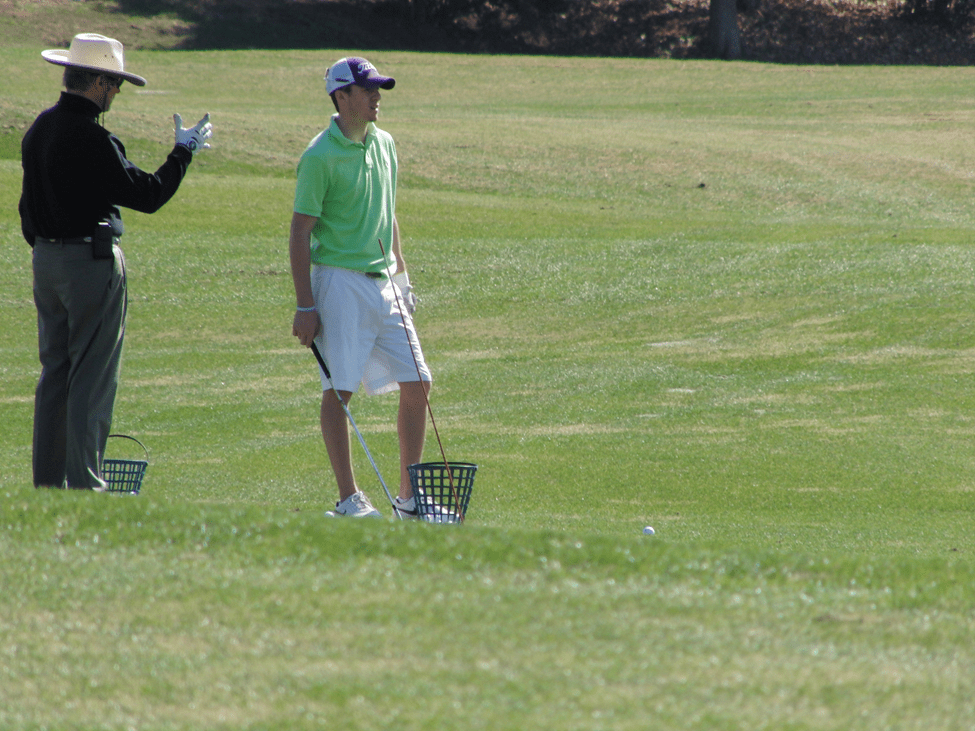Duane and His Other Brother Duane – Part 2

By Dr. T. J. Tomasi, Keiser University College of Golf Senior Faculty and Director of Research
In a previous article about learning golf, I took the position that if chimps could learn to operate a prosthetic device using repetition to install the learning module in their brain, so could my student Duane, whose idea of a repeating swing was one-in-a-row. To help Duane focus, I instituted my Ten-Times Rule: At every practice session, Duane agreed that he would repeat the task we were working on ten times in a row with only minor adjustments – then evaluate and repeat. Please note that there is a big difference between making a completely new swing with every ball and making the model swing but with a minor adjustment. My Ten-Times rule is not haphazardly derived. The literature shows how motor learning can be affected by the conditions under which the practice is conducted. This is why Duane’s learning model is broken down into distinct segments, each made up of mini-tasks that combine to form a major task – the golf swing. The student can make small adjustments as the rep sequence is completed, but in general, everything you learn in golf should be broken down into manageable chunks – then it’s your brain’s job to knit these pieces together into ‘your swing.’ The good news is that this process is what your brain ‘does for a living.’ That is, it makes blueprints of the territory from the information it has gathered!
Full Intention & Full Attention
As he repeated his current task, I encouraged Duane to enlist his two best friends when it came to learning golf – Full Intention (FI) and Full Attention (FA). There is much research to suggest that robotic repetition is no better than flitting from swing to swing. I would rather have Duane hit ten shots with FIFA than 100 shots with his headphones on, trying to groove muscle memory. In fact, the physical act of repetition is only part of the learning process. Of considerable importance are the cognitive processes involved when you repeat a task – mere rote, where your brain takes a holiday, is not what Duane needs to be doing.
Learning with the Three Bears
During his reps, I want Duane to be a problem solver. I want him to have a goal for each repetition in terms of what the model looks like and how close he comes to it with each attempt. Full Intention tells his brain the reason why he is doing the rep; for example, he repeats, ‘a correct takeaway sets up impact.’ In this way, he can use the power of bracketing to perfect the process. Bracketing is the brain’s fine-tuning mechanism that adjusts after each rep to bring the learner closer to the model, like Goldilocks – too hot, too cold, just right. His other friend, Full Attention, means that the brain’s mental spotlight is on his performance of the rep to the exclusion of other swing thoughts.
You’ve Arrived When You Own Your Learning
Learning is a process of successive approximation using bracketing – you identify the model (goal), and each trial is a piece of information telling you how close you are to match your model. In this schemata, failure is simply a piece of information that helps you come closer to the correct movement pattern. Its partner, success, is also just a piece of information, and at this stage, success and failure are of equal value to a brain that is bracketing. I call this whole process ‘running software,’ and it is my gift to my students. When they begin running software, the student now owns their learning, and I recede into the background to prepare the next segment. Duane is no stranger to successive approximation – no one is. Duane learned to walk that way – he learned to talk using it, and now, if I have my say, he’ll learn to play golf that way.

This young pro knows how to hit the two bounce and then grab shot, so now we’re working on his distance control per 10 ball units – REPETITION.
Learn more!
Want more tips? If you want to take your game to the next level, contact our team at Keiser University’s College of Golf & Sport Management today. With our dedication and experience, together, we can elevate your game to new heights. Give us a call today at 888-355-4465.














